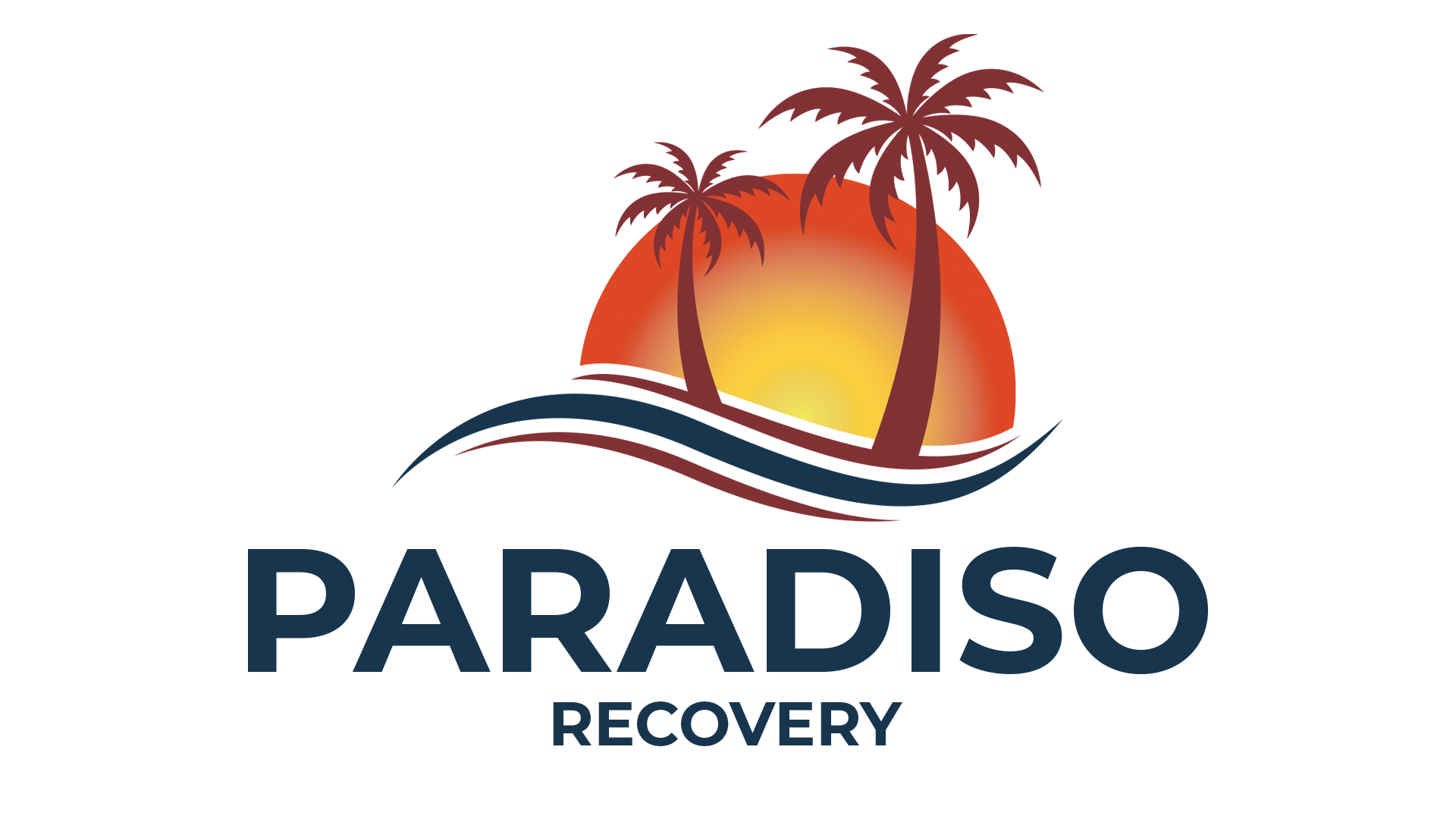Many people who use substances quietly wonder, “how do I know if I need rehab?” Taking time to ask this question is an important first step. It shows awareness that substance use may be affecting a person’s life in ways that are not always obvious.
Rehab, short for rehabilitation, is a structured treatment program designed to help people heal from addiction to drugs. It includes medical care, addiction-focused therapy, and support to help individuals regain control over their lives. The goal of rehab is to create a safe environment for people to learn new ways to cope without substances.
Recognizing When Substance Use Becomes Problematic
The line between casual and problematic substance use is not always clear. Addiction affects people differently, and recognizing when it has crossed into dangerous territory requires honest self-evaluation.
Problematic substance use typically involves a loss of control over when, where, and how much you use. This might look like using more than planned, being unable to cut back on substance use despite repeated attempts, or continuing to use despite negative consequences.
This can look like several key indicators that suggest it’s time to go to rehab:
- Loss of control: Using more of a substance (or substances) than originally intended, or being unable to stop despite promises to yourself or others.
- Relationship damage: Arguments with family or friends about your substance use or refusing to discuss it with people you care about.
- Health consequences: Physical symptoms like frequent headaches, sleep problems, or mental health changes like increased anxiety or depression.
- Life disruption: Missing work or school, financial problems, or legal issues related to substance use.
The progression from casual use to addiction happens gradually. What starts as occasional use can develop into daily habits that become increasingly difficult to break.
Clinical Criteria for Substance Use Disorders
Medical professionals use specific guidelines to diagnose substance use disorders. The Diagnostic and Statistical Manual of Mental Disorders (DSM-5) lists 11 criteria that help determine if someone has a substance use disorder and how severe it is.
The severity levels are:
- Mild: Meeting 2-3 criteria
- Moderate: Meeting 4-5 criteria
- Severe: Meeting 6 or more criteria
Common criteria include tolerance (needing more to get the same effect), experiencing withdrawal symptoms when not using, spending significant time obtaining or using substances, and continuing use despite physical or psychological problems. A medical professional can help with determining if a person meets the criteria for substance abuse.
High-Functioning Addiction and Hidden Warning Signs
High-functioning addiction occurs when someone maintains their responsibilities at work, school, or home while still using substances in an unhealthy way. This pattern can be particularly dangerous, because outward success often masks the underlying problem.
People with high-functioning addiction often excel in their careers or maintain stable relationships, making it harder to recognize when they may need to go to rehab. They may rationalize their use by pointing to their achievements or comparing themselves to others who appear worse off.
Warning signs of high-functioning addiction include:
- Compartmentalization: Keeping substance use completely separate from work or family life
- Secret use: Drinking or using drugs alone, hiding evidence, or lying about the extent of use
- Rigid routines: Having specific times, places, or rituals around substance use
- Defensive behavior: Becoming angry or uncomfortable when others talk about their substance use
The progressive nature of addiction means that high-functioning patterns rarely remain stable long-term. Physical tolerance increases, requiring more of a substance (or substances) to achieve the same effects. Eventually, the ability to maintain normal functioning can completely deteriorate.
The Different Levels of Addiction Treatment
Treatment options can vary based on the severity of the addiction and individual circumstances. Understanding these levels helps to clarify what type of care might be most appropriate.
Outpatient Treatment Programs
Outpatient care allows people to live at home while attending scheduled treatment sessions. This option tends to work best for people with stable living situations and strong support systems.
Types of outpatient programs include:
- Intensive outpatient (IOP): Multiple sessions per week, typically 3-4 hours each
- Partial hospitalization (PHP): Daily treatment sessions, usually 4-6 hours
- Standard outpatient: Weekly or bi-weekly individual or group therapy sessions
Outpatient treatment suits people who can maintain work or school commitments while addressing their substance use. It provides flexibility while still offering structured support and professional guidance.
Inpatient Residential Treatment
Inpatient treatment involves staying at a treatment facility days and nights for the duration of the program. This level of care provides the most intensive support and is often recommended for severe addictions, or when previous treatment attempts have been unsuccessful.
Residential programs typically include:
- Medical supervision: Around-the-clock healthcare monitoring, especially during medical detox
- Structured schedule: Daily therapy sessions, group activities, and educational programs
- Controlled environment: Removal from triggers and access to substances
- Comprehensive care: Treatment for co-occurring mental health conditions
The length of residential treatment varies. Some people benefit from longer stays, particularly those with severe addictions or complex medical needs.
Common Concerns About Seeking Treatment
Many people hesitate to seek treatment due to specific fears or misconceptions. Understanding the realities of modern addiction treatment can help address these concerns.
Fear of experiencing withdrawal
Concern about privacy
Federal laws protect the confidentiality of addiction treatment records. Treatment centers cannot share information without written permission, except in specific legal circumstances.
“Will it even work?”
Research shows that addiction treatment works. People who complete treatment programs have significantly higher rates of long-term recovery compared to those who try to quit on their own. Actively participating in an addiction treatment program that suits a person’s needs and lifestyle can really make a difference.
Financial considerations
Many insurance plans cover addiction treatment. Treatment centers typically offer payment options and can help verify insurance benefits before admission.
The decision to seek treatment represents a practical response to a medical condition. Addiction affects brain chemistry in ways that make stopping without professional help extremely difficult for most people. It’s not a sign that a person is “broken” or should be shamed for having an addiction — going to rehab is deciding to focus on a health problem before it starts affecting the rest of the person’s life.
Taking the Next Step Toward Recovery
Before deciding to go to rehab, it may be helpful to be evaluated by a health professional so there’s a record of a potential need to go to rehab. But most rehabs will also conduct a similar evaluation before the program officially begins, so that they can come up with a customized plan for treatment that suits the individual’s needs.
During an assessment, healthcare professionals evaluate substance use patterns, medical history, mental health, and life circumstances. The assessment process typically involves structured interviews, standardized questionnaires, and sometimes medical tests. This comprehensive evaluation helps determine the most appropriate level of care and creates a foundation for treatment planning.
Paradiso Recovery uses detailed assessments to develop individualized treatment plans. Our personalized approach recognizes that each person’s path to recovery is unique and requires tailored strategies for success.
FAQs About Knowing if You Need Rehab
Can I continue working while attending addiction treatment?
Outpatient programs are specifically designed to allow people to maintain work responsibilities while receiving treatment (as well as other obligations, such as caretaking). Inpatient programs require time away from work, but many employers provide medical leave for addiction treatment under the Family and Medical Leave Act.
How do I know if outpatient treatment is “enough,” or if I need inpatient care instead?
The decision on what type of rehab program to enter depends on multiple factors. People can determine what type of rehab program they want to enter based on addiction severity, previous treatment history, home environment stability, and presences of co-occurring mental health conditions. A professional assessment evaluates all these factors to recommend the appropriate level of care.
What if I’ve tried rehab before and it didn't work?
Previous treatment experiences can provide valuable information for planning more effective care. If inpatient treatment was too isolating, or outpatient treatment didn’t provide all necessary resources, it’s important to note the reasons why. Many people require multiple treatment episodes, and each attempt provides information about what does or doesn’t work. It doesn’t mean that the person is “doomed” to stay afflicted.
Will my health insurance cover the cost of addiction treatment?
Most health insurance plans include coverage for addiction treatment due to mental health parity laws. Coverage varies by plan, but treatment centers like Paradiso Recovery can verify your benefits and explain your options before admission.

